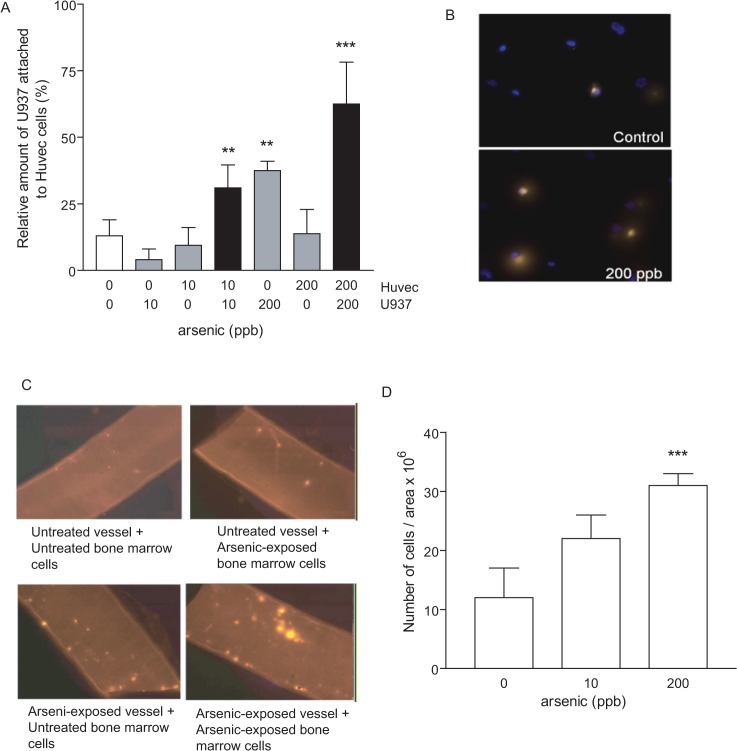Fig 1. Arsenic induces monocyte adhesion to endothelial cells, with maximal binding achieved following exposure of both cell types.
(A) U937 and/or HUVEC cells (1000 cells/ml) were exposed to arsenic overnight (0, 10 or 200 ppb). U937 cells were fluorescently-labelled and were incubated with HUVEC cells. The non-adhered cells were washed away, and the adherent fluorescent cells were counted. Data are expressed as relative number of U937 over total HUVEC stained cells. ** = p<0.01; *** = p<0.001 B) Representative pictures are shown (40X). C-D) Organ culture of carotid arteries and fluorescently-labelled bone marrow cells where neither, one, or both components were exposed to arsenic trioxide overnight and allowed to adhere to each other for 30 min before being washed. Adherent cells were counted. Representative pictures of 200 ppb arsenic-exposed are shown in C. D) Both components were exposed to either 10 or 200 ppb arsenic. Data represent ratio ± S.D., n ≥ 3. **: p < 0.01; ***: p < 0.001, compared to unexposed controls.

